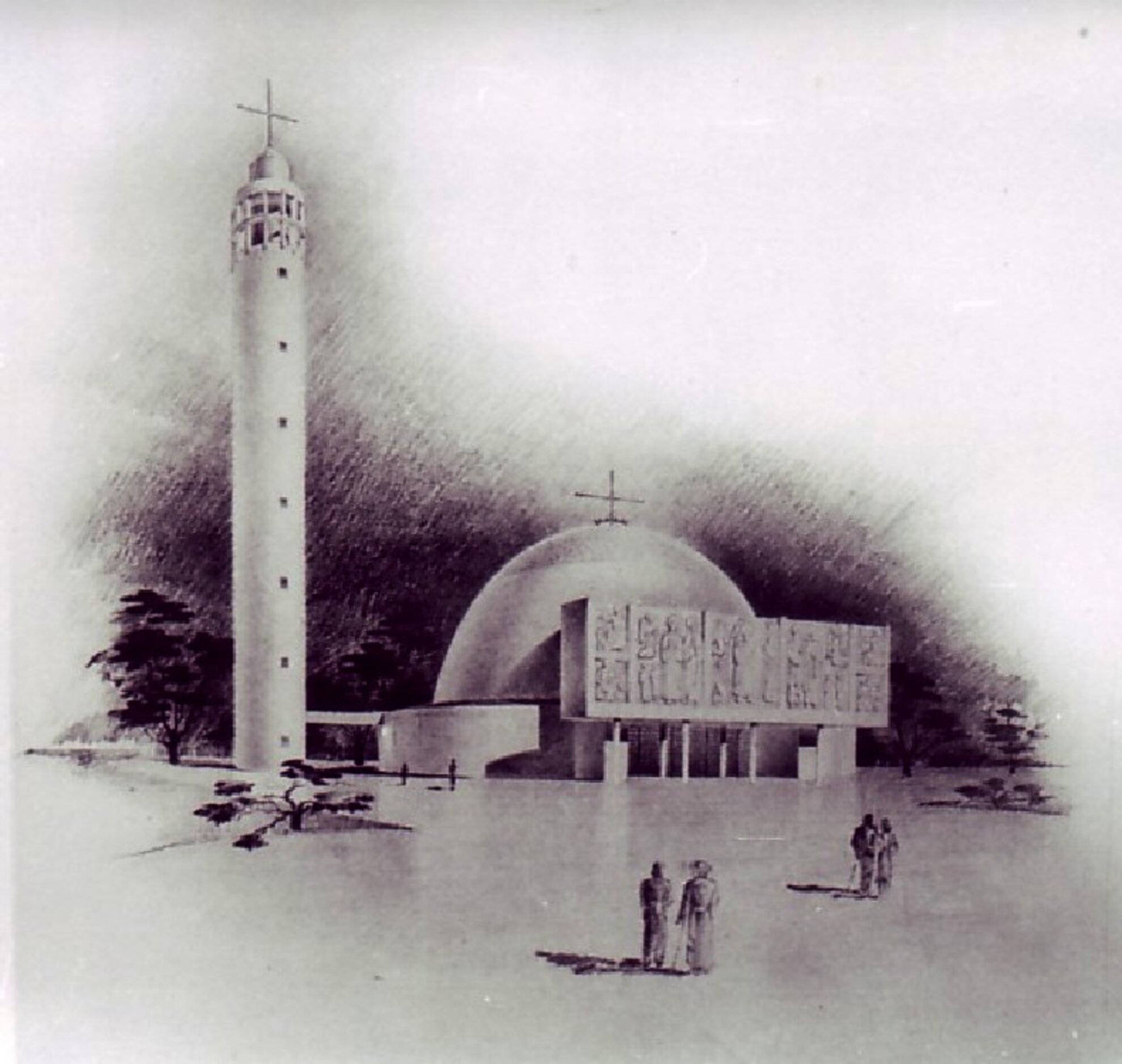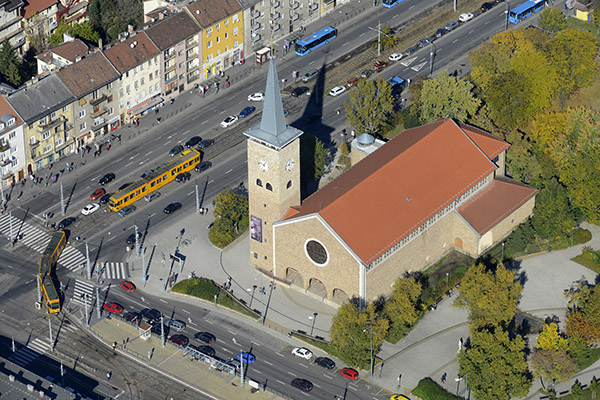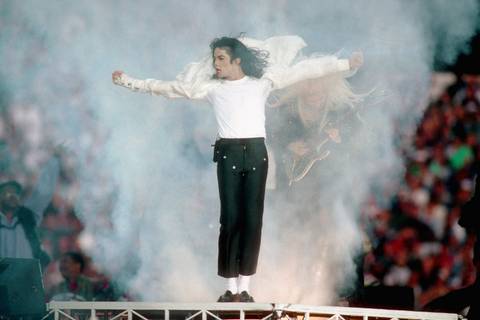The importance of Bosnyák tér as a key transport hub in Zugló overrides its shortcomings in beauty and allure. Located at the intersection of Thököly út, Csömöri út and Nagy Lajos király utca, it provides fast access to Örs vezér tere in one direction and the city centre in the other. Its most prominent feature is the parish church named after St Anthony of Padua, but there’s also a tram depot, the district’s large market hall and a farmer’s market to be found here, too.
Little is known about the distant past of the square, but what’s certain is that it used to be a relatively lightly populated area in the early 20th century, and most residents were gardeners. Bosnyák tér earned its official name and function in 1901, increasingly becoming a more significant spot of the Pest side from this point on. Its name comes from Habsburg Emporer Franz Joseph, who named it Bosnyák (‘Bosnian’) tér because of the fact that the area used to be a training ground for Bosnian soldiers, who served as bodyguards at the Royal Palace of Buda at the time. The Austro-Hungarian Monarchy occupied Bosnia in 1878, making it a part of the empire by 1908. There was an unsuccessful assassination attempt carried out against Franz Joseph when he visited the country in 1911, but the name of the square was not changed after the incident.
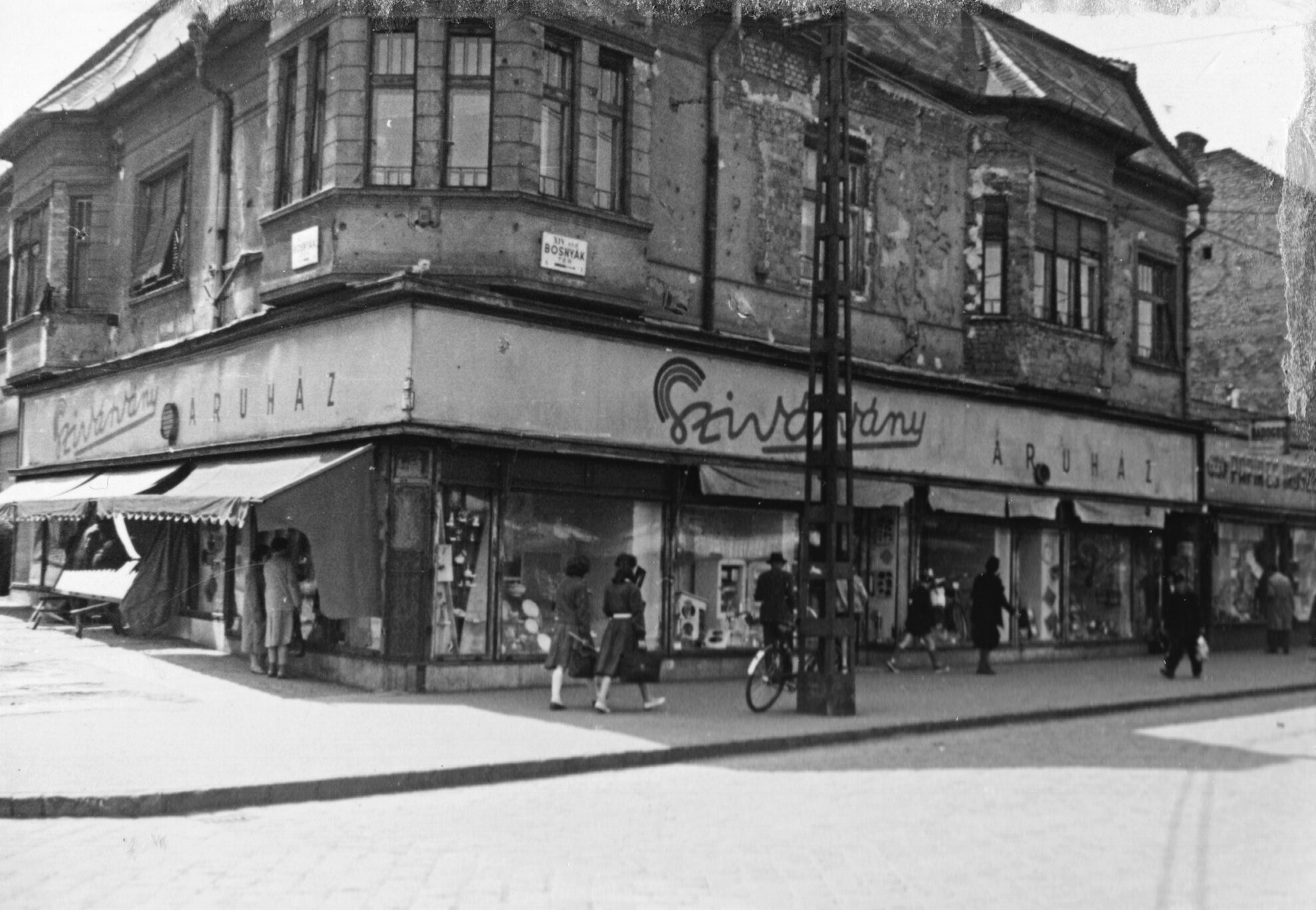
The Zugló depot was moved here shortly before 1901. Budapest railway company BKVT established the facility in 1899, creating the depot by 1907. The smaller one was added three years later, together with the two-storey operating unit overlooking the square.
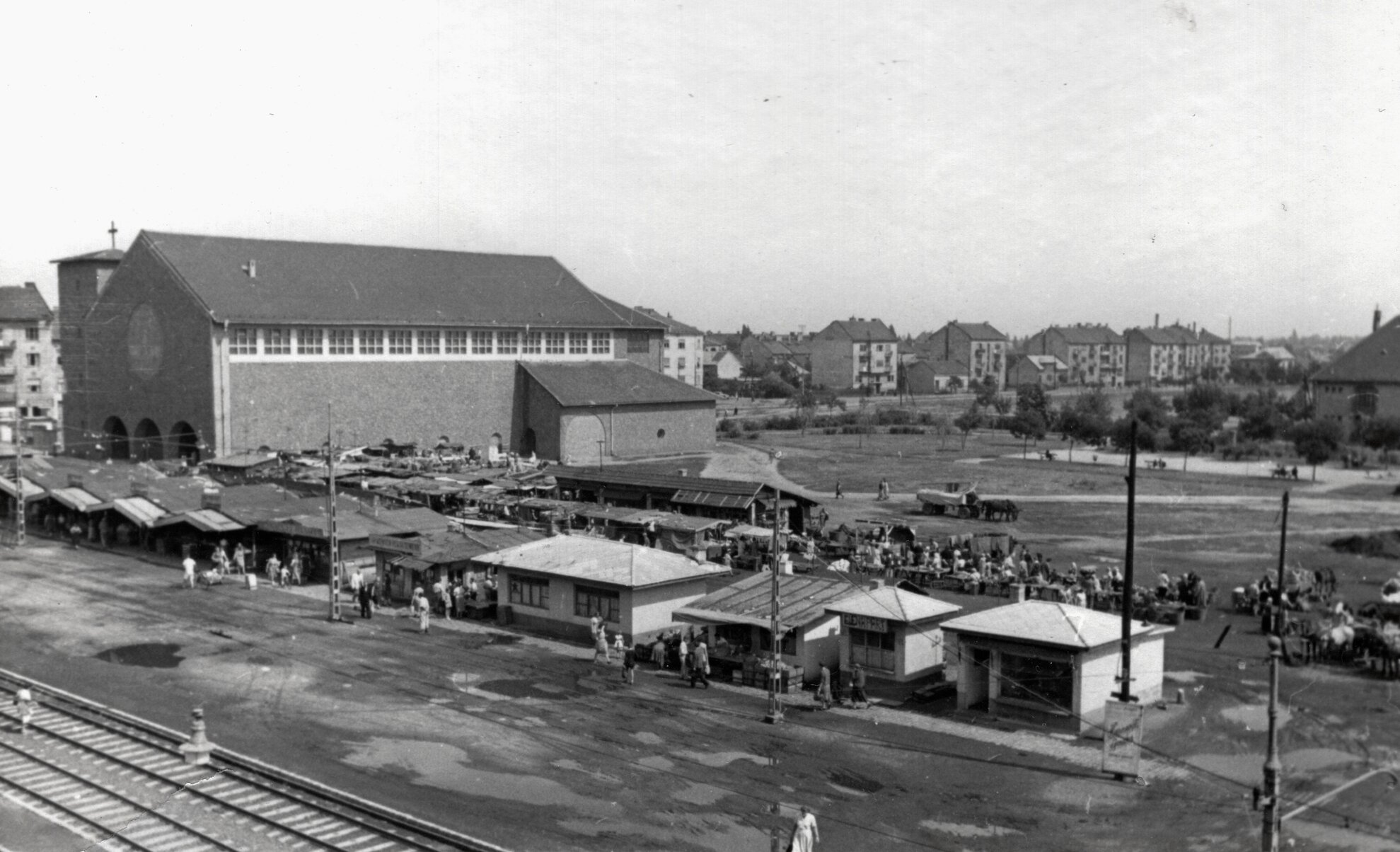
The next development was the appearance of the market in the summer of 1911, serving producers and consumers for over 50 years. The market adapted in the 1960s, when it was supplemented with a market hall. A wholesale market was also established at the square in 1965, working here until the early 1990s.
The 1960s brought major changes not only to the life of the market, but for the entire square. The sports complex next to the market was completed by 1960 and the office building by 1969, which gave place to the departments of map-making companies, who still operate here today.
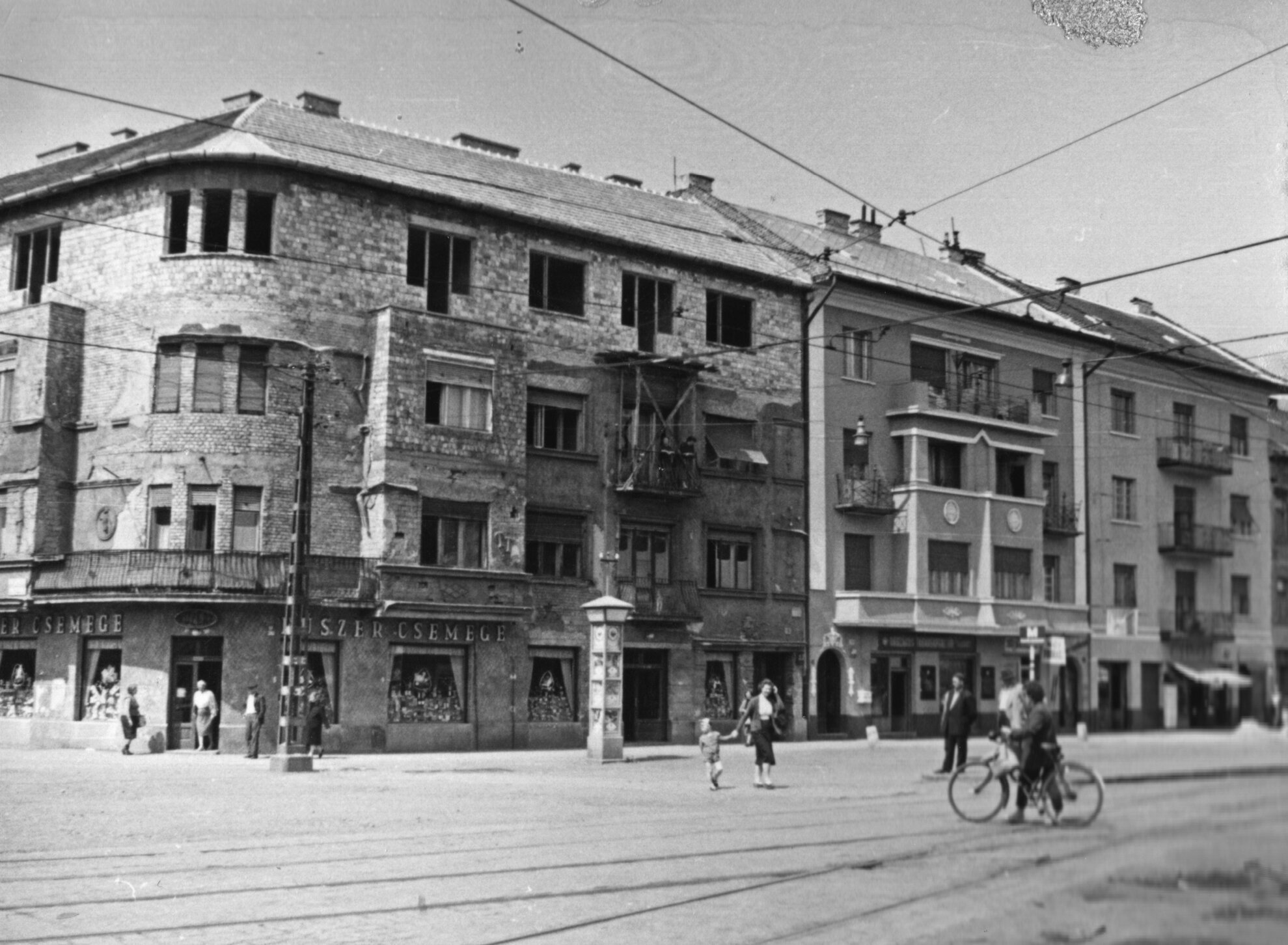
The symbol and the most emblematic building of the square is the parish church of St Anthony of Padua, or as locals call it, Bosi. Designed to host 3,000 worshippers at one time, it’s the second largest church in Budapest. Zugló locals had to trek all the way to Rózsák tere in order to attend church in the late 1800s but, from 1902, people began to hold mass in the apartment of a local school teacher. Later, they even turned a nearby restaurant into a chapel. Next, in 1919, Archbishop János Csernoch designated the site for Zugló’s future parish church. There was a small church standing at the square by the summer of 1923, but it stood in the location of the current office building. This was too small for locals, as it could only allow about 500 people. In addition, the building didn’t meet safety standards, so it was demolished in 1957 – by then, the much larger and more beautiful current church had already been established alongside.
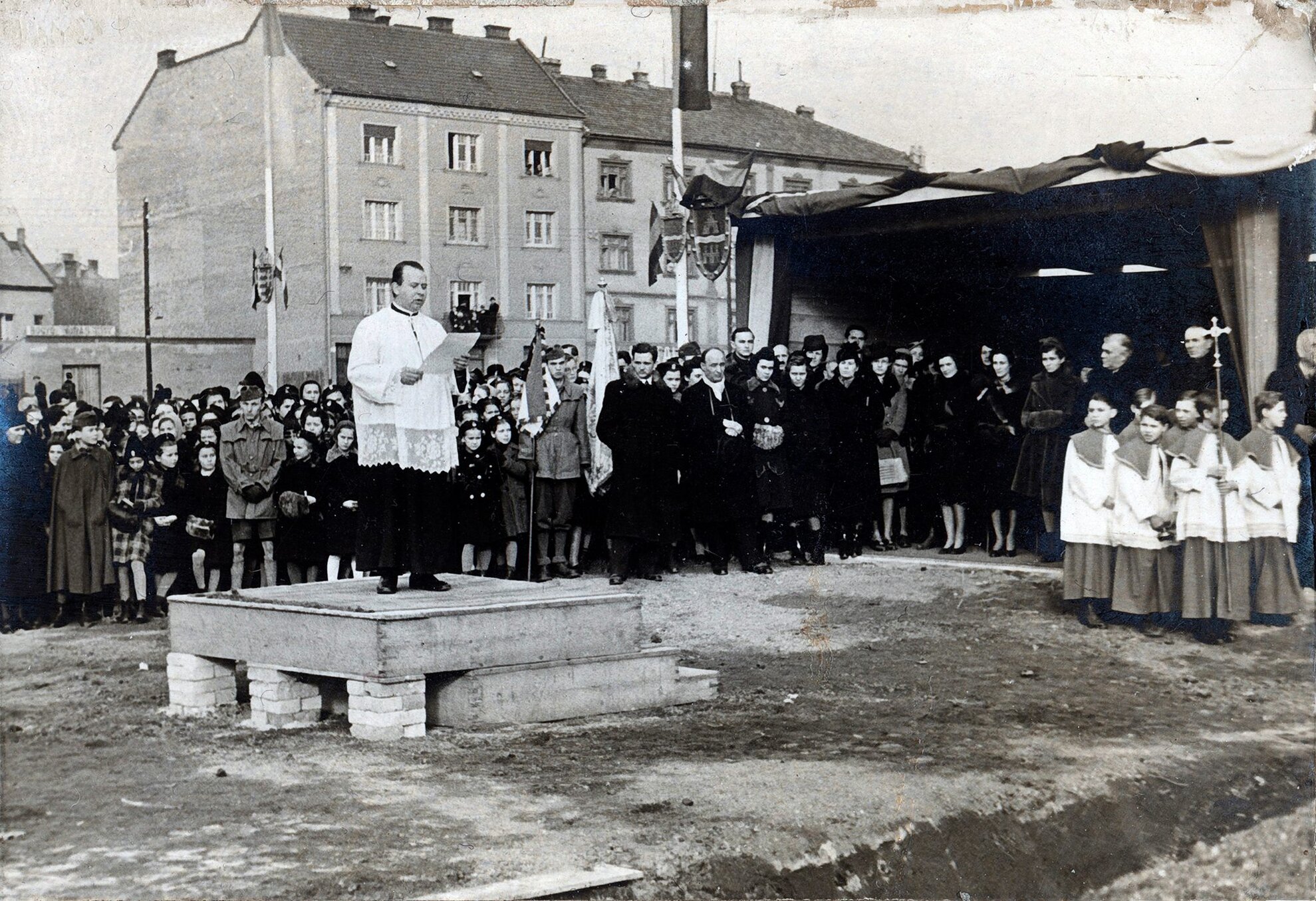
The foundations of the St Anthony of Padua Parish Church were established on 14 December 1941, first blessed by Zoltán Meszlényi, then by the auxiliary bishop of Esztergom (who died as a martyr and was beatified in 2009). Designed by Gyula Rimanóczy Sr, the church was built between 1941 and 1946, but its main construction had already been carried by 1944. The church, although not fully complete, was blessed by Archbishop József Mindszenty in the summer of 1946. This was a crucial step, as the political régime would have liked the building to be turned into a market hall instead of a church. The steeple, which was only partially built at the time, was only finished decades later, in 2013-2014.
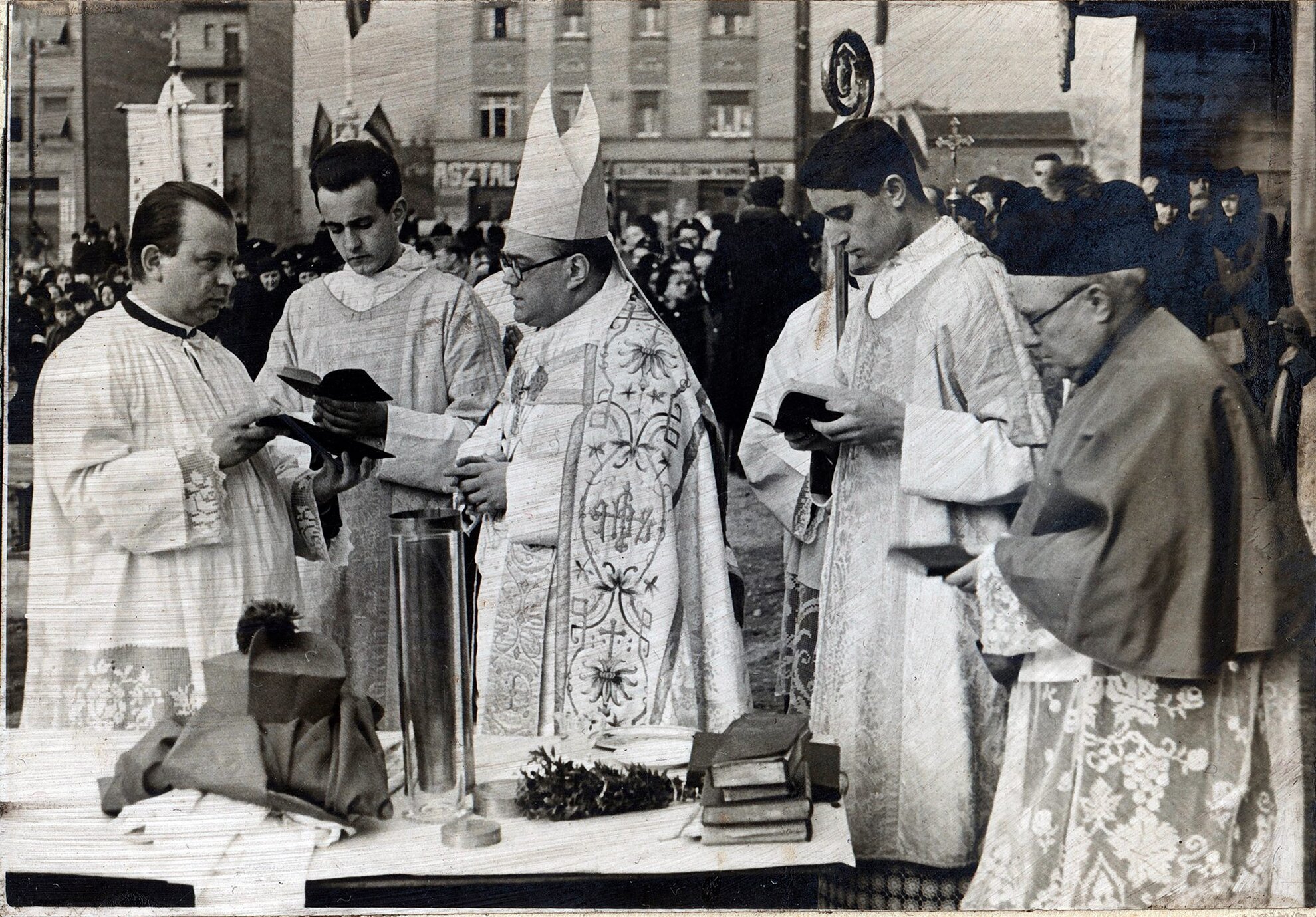
Another interesting fact about the church is that its architect originally had a different plan, and a completely different kind of building, in mind. He first envisioned a much smaller and more unique edifice, one that seems very unusual even today, so perhaps it’s no wonder that this didn’t win many people over. Moreover, his initial plans were not accepted because he planned the church at its previous location, unsuitable for the site. It’s fun to play with the thought of how Bosnyák tér might have looked had they carried out his plans – but it’s almost impossible to think about the square without its signature parish church we all know today.
